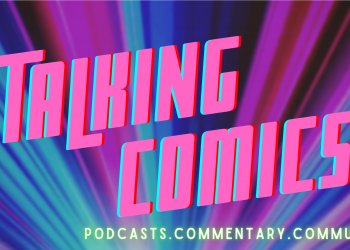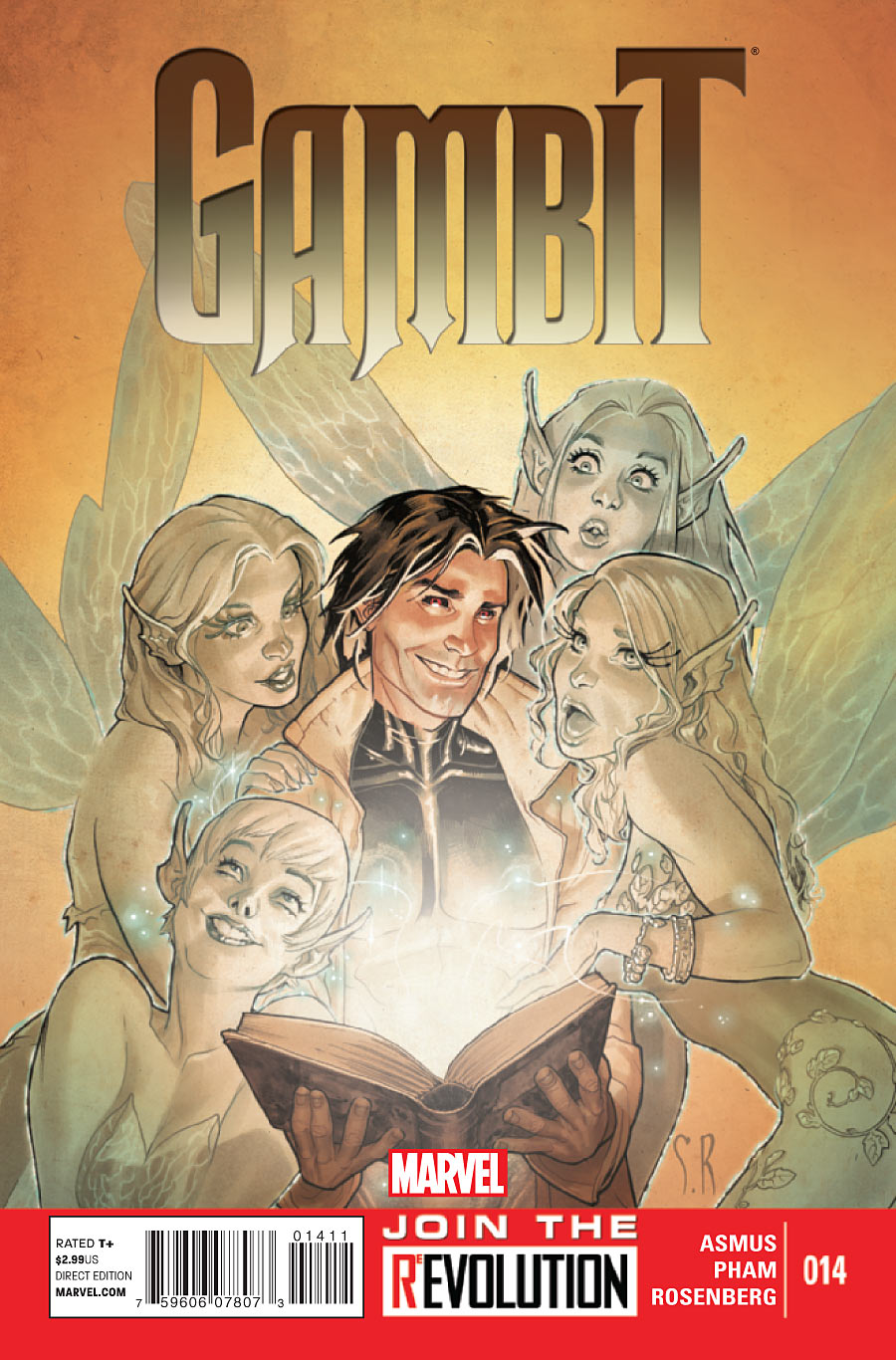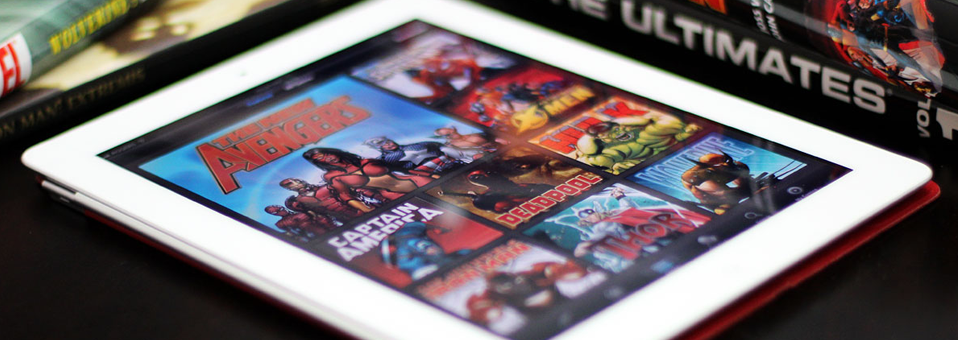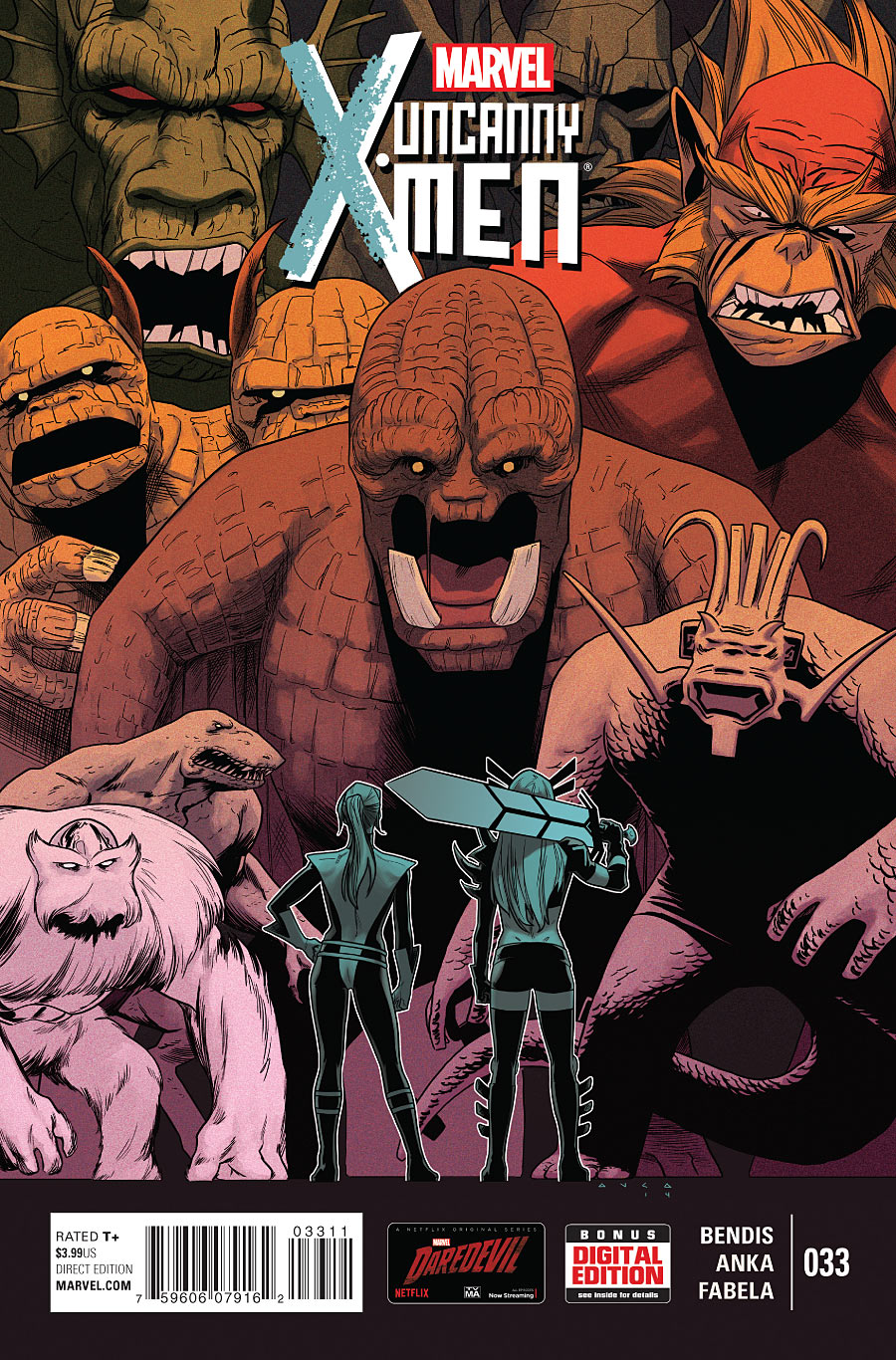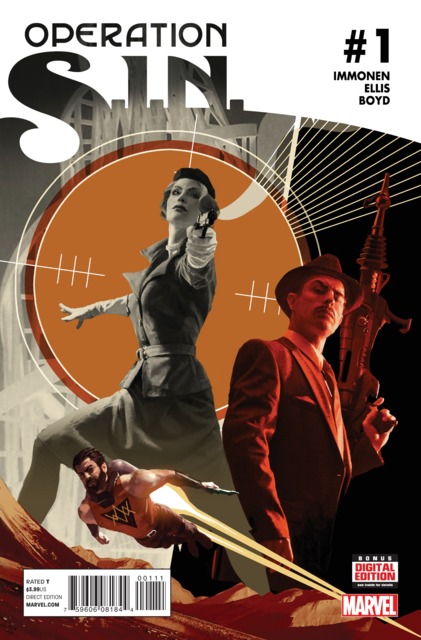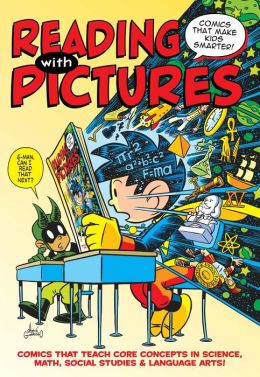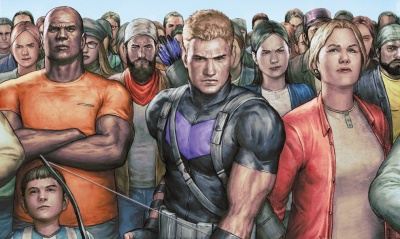Pawn Shop
Written by Joey Esposito – @joeyesposito
Art by Sean Von Gorman – @VonGormanArt
Colors by Jonathan Moore (Chapters 2-4) and Sean Von Gorman (Chapter 1, Breaks) – @jonmooreart
Letters & Production by Adam Pruett – @adamopruett
Impressions by Joey Braccino
“Pawn Shop is a slice-of-life graphic novel about 4 strangers whose lives intertwine through a New York City pawn shop…
Anyone that lives in a major city knows that there are millions upon millions of people rubbing elbows with one another each and every day. But what they often fail to remember is that we’re all part of the same ecosystem; everyone is inevitably connected to each other, affecting one another’s lives whether they know it or not.”

Back in 2012, the crowd-funding website KICKSTARTER was just starting to pick up steam in the comics industry as an alternative mode of publishing. I can’t remember how or why or when exactly I clicked over to Joey Esposito’s Kickstarter page for his latest graphic novel, Pawn Shop, but I opted to back the project. I’d been reading Esposito’s work over at ign.com for years and wanted to throw my support behind someone whom I knew to be a productive and active member of the comics community.
Officially, Pawn Shop doesn’t hit stands until later this March, but we kickstarters received an advanced digital copy of the graphic novel as a thank you for our continued support and original pledge. This doesn’t necessarily have anything to do with my impressions regarding Esposito’s work, but it does speak to the impact and influence the comics community can have (and, in most cases, already has) on the comics industry.
Pawn Shop is billed as a “slice-of-life graphic novel,” but it’s really so much more than that. Often, “slice-of-life” stories blur into a sort of decompressed, meandering hyper-realism. Pawn Shop isn’t just about capturing life as we live it; instead, Esposito’s graphic novel is an experiment in sincerity, subtlety, and synchronicity. As he takes us through the initially disparate stories of Harold, a 80-year old widower, and Sam, a struggling train conductor, and Arthur, a live-in nurse, and Jen, an angsty emerging adult searching for meaning, Esposito strives for expressionism and truth over any sort of journalistic reality.
Each character gets a chapter in the book, and each character experiences a story that is at once a self-contained journey toward self-discovery as well as a small piece in a larger tableau. Yes, each character struggles and overcomes and grows individually, but Esposito always maintains that characterization of “A” rather than “THE.” In other words, Pawn Shop really is about all “the lonely souls haunting New York City” and the world. Yes, he imbues each character with idiosyncratic personalities, but he is sure to shoot for his larger motif throughout: for every individual story of sorrow and sacrifice, heroism and compassion, and love and death, there is always going to be a larger human narrative about the quest for connection.
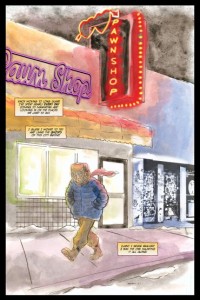
The best books tell great stories. It sounds simple enough, but I’d argue that what makes a good story isn’t just character or plot, nor is it some synergistic combination of the two; a great story works because it is relevant, and it is relevant because it thematically draws on some truth that readers often have difficulty grappling with on their own. A great story is a mirror, and, in Pawn Shop, Esposito has crafted a reflective surface for our contemporary conflict with letting go and moving on. As readers, we sympathize with Harold’s pursuit of a faded tailor mannequin and Arthur’s love-sickness and Sam’s overwhelming home life… but why? Because we’re supposed to? No. Because, though each story is different, they are all the same—and we are all the same—in their expression of our deepest and darkest secret: we want to move on, to let go, to be better… but we can’t do it alone.
Furthering this expressionistic experience is Sean Von Gorman’s lovely, lovely artwork. There is something… frank and sincere about Von Gorman’s aesthetic that elicits a certain nostalgia for the illustrated children’s books of my youth. A subtle blend of cartoon figure work and realistic backgrounds, Von Gorman’s art is both stark and emotive, unembellished and expressive, and visually engaging. For the color art, Jonathan Moore joins Von Gorman. The coloration follows the thematic emphasis on simplicity and subtlety, incorporating a mixture of pastel water colors and blotchy solid washes. All of the elements of the visual aesthetic—including Adam Pruett’s lettering and production—come together to make for an enthralling and engrossing experience from cover to cover.
Verdict
Check it out. The Pawn Shop in Pawn Shop ultimately becomes a metaphor for this idea of release, but Esposito’s true lesson for readers is that the consequence of release is a gap, a hole, a void that needs to be filled. Everything about this book—from the story to the characters to the artwork to the spotify playlist—is captivating. And I’m not just saying that because I loved seeing my name in the “Thank You” section at the back; Pawn Shop is a wonderful piece of literature.
Keep an eye out for Pawn Shop when it hits stands this March for Soup Dad Comics, or pre-order over at Joey Esposito’s website!
**PS – Check out the latest Coffee & Comics, in which Talking Comics EIC Bobby Shortle sits down with Joey Esposito to chat Pawn Shop!



